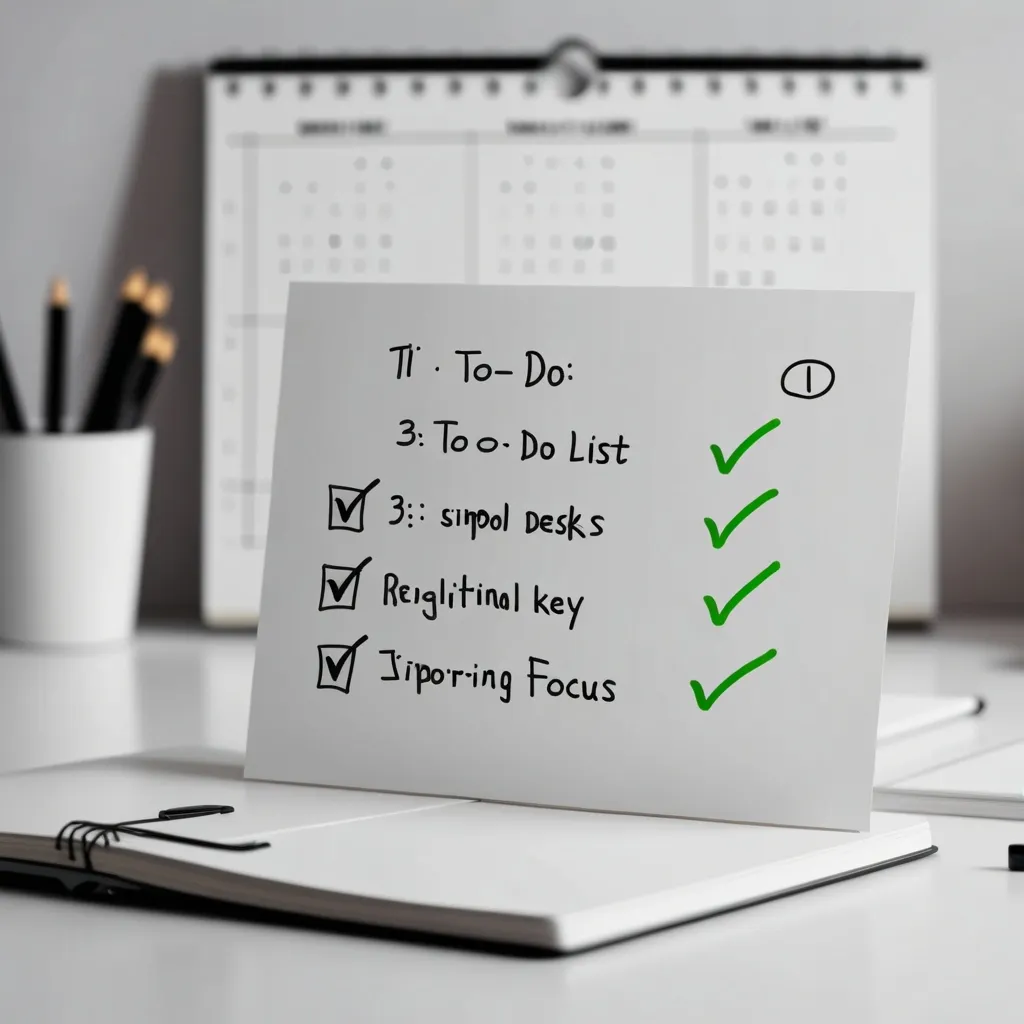Imagine a world where learning new skills feels as natural and effortless as breathing. This isn’t about mastering speed reading or memory techniques; it’s about aligning your learning process with the unique way your brain perceives time. By understanding how your brain experiences different time scales, from the milliseconds of neural firing to the years it takes to master a skill, you can craft a learning approach that feels intuitively right for you.
Let’s start with the basics of how our brains process experiences. According to experiential learning theory, learning is an iterative process that begins with a hands-on experience. This concrete experience is the foundation upon which all other learning stages are built. For instance, if you’re learning a new language, the concrete experience might be engaging in a conversation with a native speaker. This direct involvement helps you connect with the learning material on a personal level.
After the concrete experience comes reflection. This is where you think about what happened, what you did, and what you felt. Reflection is crucial because it helps you assimilate the experience into abstract concepts. For example, after that language conversation, you might reflect on the phrases you used, the mistakes you made, and how you could improve next time. This reflection phase is where the real learning begins, as it transforms raw experience into usable knowledge.
But how does this relate to time perception? Our brains have a complex way of processing time, involving various neural networks. When you’re performing tasks that require timing, such as playing a musical instrument or reacting to hazardous situations, different parts of your brain are activated. The prefrontal and parietal cortex, for instance, play significant roles in time perception and decision-making. Experienced individuals, like skilled drivers or musicians, can process information more quickly and accurately because their brains have honed these skills over time.
Deliberate practice is a key component in this process. When you engage in deliberate practice, you’re not just repeating tasks; you’re refining your perception and reaction times. For musicians, this means detecting very small differences in pitch and loudness. For drivers, it means understanding hazardous situations quickly and responding appropriately. This enhanced perception is a result of your brain’s ability to process information more efficiently, a skill that develops over time with consistent practice.
Now, let’s talk about how you can align your learning with your brain’s unique time perception. Some people excel at grasping concepts in short, intense bursts. These individuals might benefit from focused, high-intensity learning sessions followed by short breaks. This approach leverages the brain’s ability to consolidate information during rest periods, a phenomenon known as “micro-offline” consolidation. For example, if you’re learning a new programming language, you might spend 25 minutes coding intensely, followed by a 5-minute break. This cycle can help you retain information better and make the learning process more efficient.
On the other hand, some people thrive on long, gradual exposure to new skills. These individuals might prefer a more spread-out learning schedule, where they engage in the learning activity for longer periods but with more frequent breaks. This approach can help in building a deeper understanding and long-term retention of the skill. For instance, if you’re learning to play the guitar, you might practice for an hour each day, with breaks every 20 minutes to stretch and reflect on what you’ve learned.
Understanding your personal time perception quirks can turn them into a learning superpower. If you’re someone who excels in short bursts, you can structure your learning sessions accordingly. If you’re better at gradual exposure, you can plan your learning schedule to reflect that. The key is to listen to your brain and adjust your learning approach to its natural rhythms.
Another important aspect is the role of rest in learning. Research has shown that performance improvements often occur during short periods of rest rather than during continuous practice. This means that taking breaks is not just about avoiding burnout; it’s an integral part of the learning process. When you rest, your brain is consolidating the information you’ve learned, making it easier to recall and apply later.
Incorporating this understanding into your daily life can make learning feel more natural and enjoyable. Imagine being able to pick up new skills with ease, simply because you’re working in harmony with your brain’s internal clock. This isn’t just about learning faster; it’s about making the learning process more effortless and deeply ingrained.
To apply this in practical terms, start by observing how you learn best. Do you find that you grasp concepts quickly in short sessions, or do you prefer longer, more gradual exposure? Once you understand your learning style, you can structure your learning sessions accordingly. Use tools like timers and schedules to keep yourself on track, and don’t forget to include regular breaks to allow your brain to consolidate the information.
Additionally, pay attention to how your brain processes different types of information. For example, if you’re learning a new language, you might find that you’re better at understanding spoken language during short, focused sessions, while reading and writing might require longer, more gradual practice. By tuning into these differences, you can tailor your learning approach to what works best for you.
In the end, the goal is to make learning feel like a harmonious dance with your brain’s internal clock. By aligning your learning process with your unique time perception, you can turn what might otherwise be a chore into an enjoyable and rewarding experience. So, the next time you’re faced with learning a new skill, remember to listen to your brain and let its natural rhythms guide you. You might be surprised at how effortlessly you can acquire new skills when you’re working in harmony with your own internal clock.






